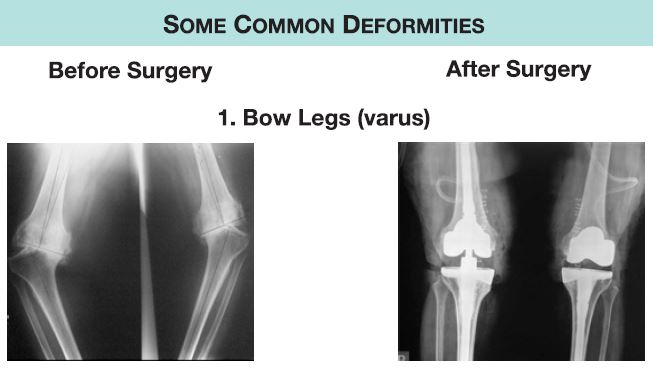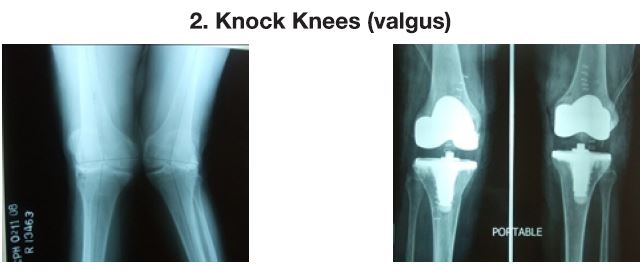TotalKneeReplacementsurgeryisanelectiveprocedureYourdoctorhasmorethan likely treated your condition with physiotherapy, pain medicines, anti-inflammatory drugs and injections in the knee You may have also had minor surgeries of your joint in the past.
You would be considered for total knee replacement if:
you have daily pain
your pain is severe enough to restrict not only work and recreationsbut also the ordinary activities of daily living
you have significant stiffness of your knee you have significant instability (constant giving way) of your knee
you have significant deformity (knock knees or bow legs) causingpain and inability to walk
You and your doctor are probably the best judge of when you will finally need total knee replacement surgery.





